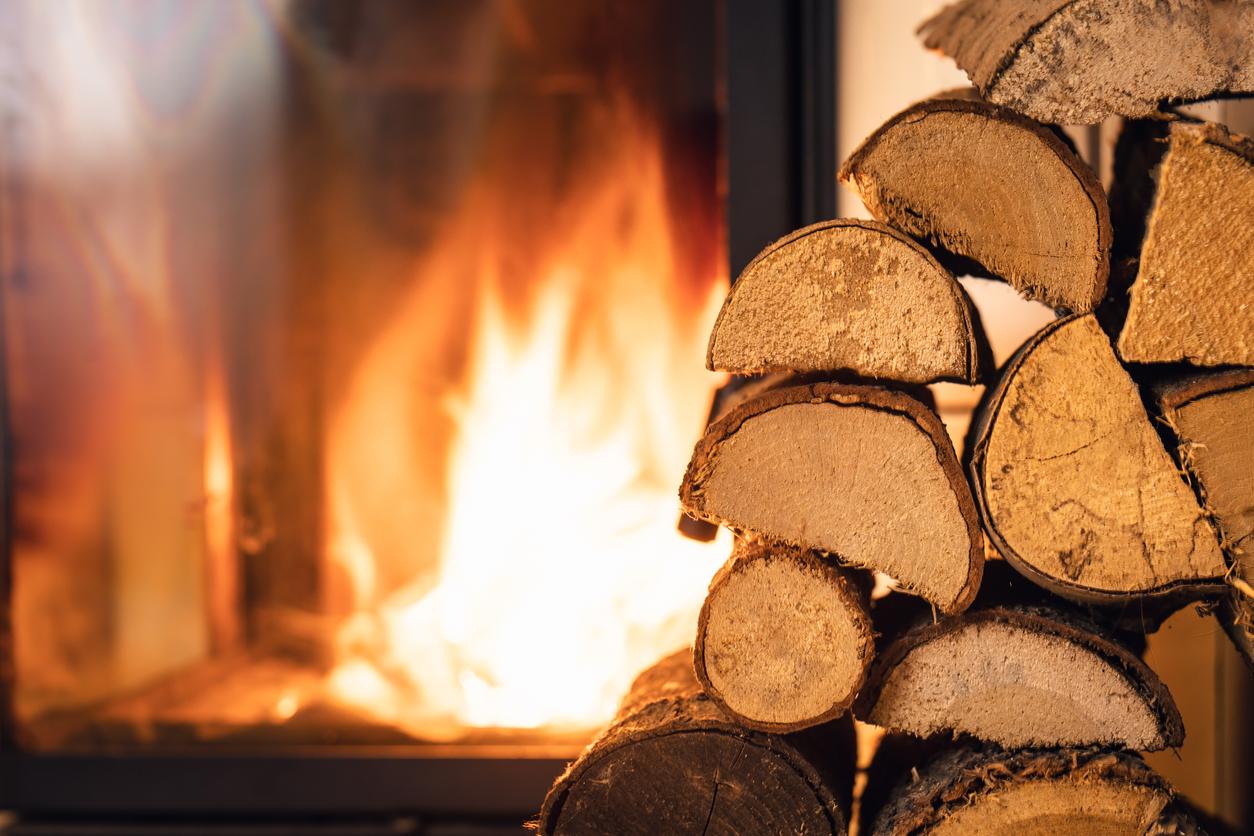With the onset of cold weather, tenants and owners tend to overheat their homes or use backup heating systems. This increase in heating is often linked to an increase in the production of carbon monoxide, the cause of poisoning which can prove to be fatal.
The Ministry of Health and Sports and Inpes are presenting a new campaign to alert people to the risks associated with carbon monoxide and the right actions to adopt because “Carbon monoxide poisoning concerns everyone. The right preventive actions too. “.
Indeed, although the number of poisonings has fallen sharply for 30 years, 1,353 episodes of carbon monoxide poisoning were recorded in 2007; they involved 4,197 people. With around 100 deaths each year2, carbon monoxide (CO) is the leading cause of death from toxicants in France. More than three quarters of French people equipped with combustion heaters are not aware that they have appliances in their homes that may emit carbon monoxide (CO).
Prevent poisoning
Carbon monoxide is an undetectable asphyxiant gas: it is invisible, odorless and non-irritating. It results from poor combustion in a combustion device or engine, that is to say running on gas, wood, coal, gasoline, fuel oil or even gasoline. ethanol. It spreads very quickly in the environment and can be fatal within an hour. The vast majority of carbon monoxide poisoning takes place in the home (86%); the boiler is the most frequent source of poisoning2 (42.4% of poisoning cases).
In order to limit the risks of carbon monoxide poisoning at home, it is necessary to:
before each winter, have the heating and hot water production installations and the flue pipes systematically checked and maintained by a qualified professional;
every day, ventilate for at least 10 minutes, keep the ventilation systems in good working order and never obstruct the air inlets and outlets;
systematically follow the instructions for use of combustion devices prescribed by the manufacturer: never operate auxiliary heaters continuously; it is imperative that the generators be placed outside the buildings; never use appliances not intended for this use for heating: stove, brazier, barbecue, etc.
Upon suspicion of intoxication, the first step is to immediately ventilate the rooms by opening both the windows and the doors, in order to evacuate the monoxide and renew the ambient air. Then, if possible, it is better to turn off combustion devices. And if that is not enough, it is recommended to leave the premises.
It is also recommended to ventilate the accommodation well in winter and especially not to block the vents.
If the heating of the home is not sufficient, it is possible to use auxiliary heaters. On the other hand, the Ministry of Housing recommends not to use them continuously, not to connect them outside and to install them in a well ventilated room.
For safety reasons, devices not intended for this type of use should be strictly avoided, such as camping stoves, radiant panels or even ovens. The generator set is also prohibited.
Carbon monoxide poisoning most often results in headaches, nausea, or even vomiting.
If necessary, it is advisable to call the emergency services, whether it is the single European emergency number on 112, the Fire Department on 18 or even the SAMU via 15.
If necessary, the return to the accommodation must only be done after the favorable opinion of a professional.


















